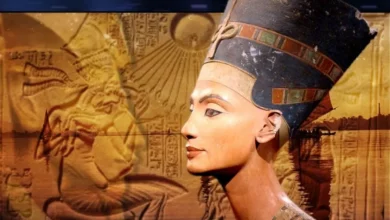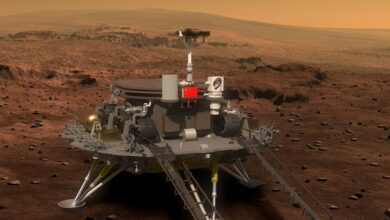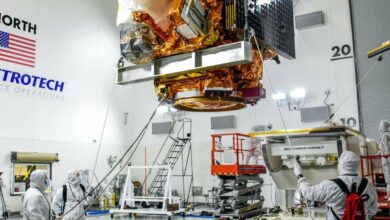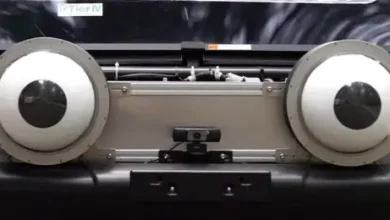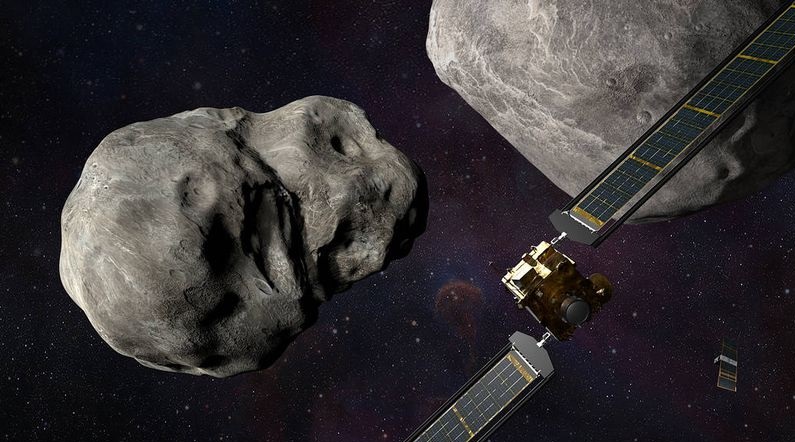
DART space probe collides with asteroid Dimorphos
(ORDO NEWS) — Scientists conducted the world’s first test of the so-called planetary defense by ramming an asteroid with a rocket.
At approximately 9:15 a.m. ET, a NASA DART rocket made contact with Dimorphos, a satellite of the larger asteroid Didymos, at about 22,500 km/h.
The NASA team monitoring the operation reported that at the moment of impact, the signal from the rocket was lost.
Although Dimorphos is not in danger of colliding with the Earth, and is too small to pose a significant threat, the DART (Double Asteroid Redirection Test) test is expected to provide valuable data on the possibility of changing the trajectory of celestial bodies.
Scientists expected that the impact would create a crater, throw rocks and dirt into space, and, most importantly, change the asteroid’s orbit. In the coming weeks, NASA will assess how the course of the asteroid has changed.
“No, this is not the plot of the movie,” NASA Administrator Bill Nelson tweeted earlier in the day.
“We’ve all seen it in movies like Armageddon, but the stakes are high in real life,” he said in a pre-recorded video.
Launched last November, the DART lander is heading towards its target with new technology developed by Johns Hopkins University’s Applied Physics Laboratory.
Scientists were sure that DART would not destroy Dimorphos, since the weight of the spacecraft is only 570 kilograms, and the weight of the asteroid is about five billion kilograms. However, this should be enough to reduce its nearly 12-hour orbit around Didymos.
The collision should take 10 minutes, but telescopes will now take weeks to test the asteroid’s new orbit .
The scientists noted that the expected orbital shift of 1 percent may seem small, but it will lead to significant changes in the coming years.
Large space rocks may require several impactors or a combination of them, or so-called gravitational tractors, which, with their gravity, would put the asteroid into a safer orbit.
Less than half of the 25,000 objects dangerous to Earth have been discovered to date, according to NASA. Less than 1 percent of the millions of smaller asteroids known to cause serious damage is known.
—
Online:
Contact us: [email protected]
Our Standards, Terms of Use: Standard Terms And Conditions.



